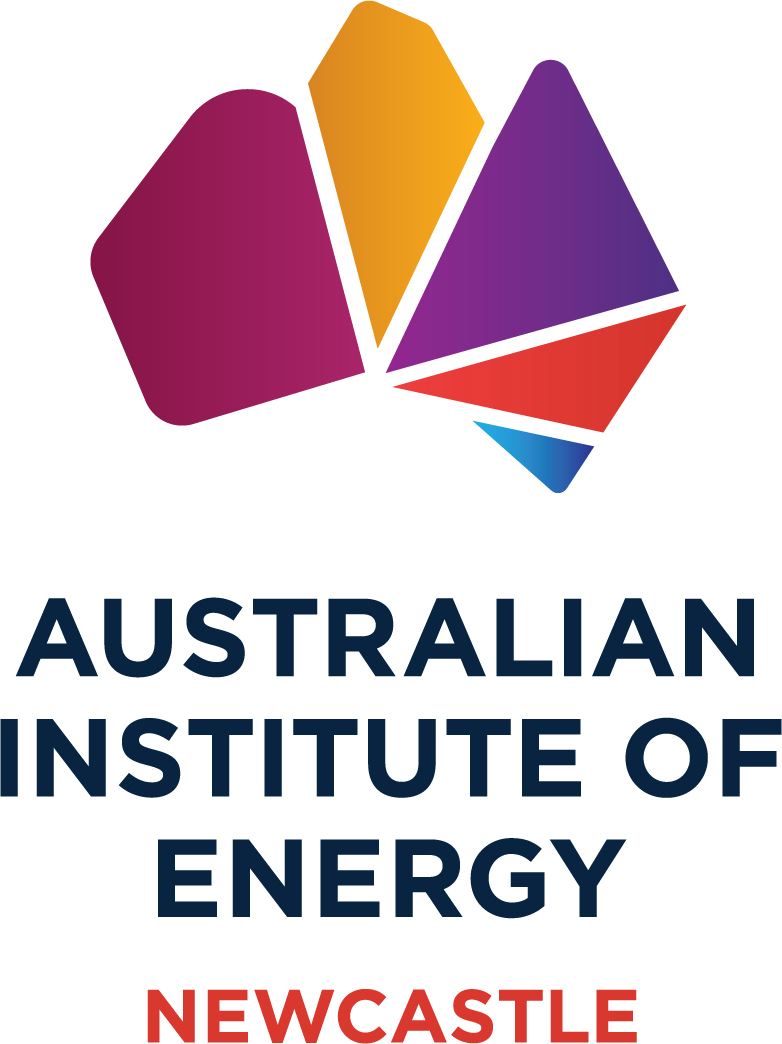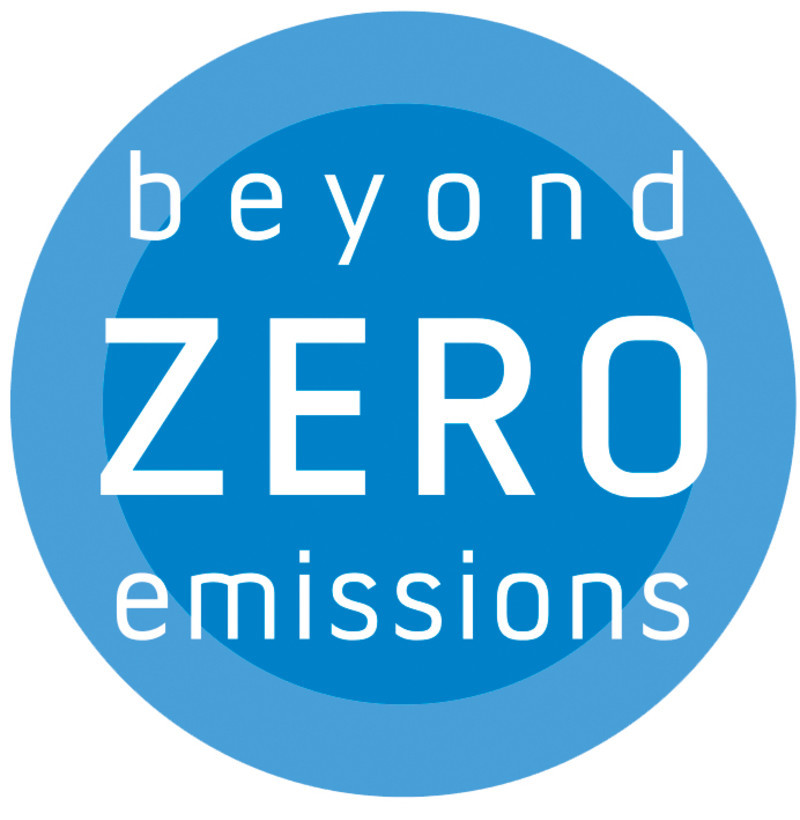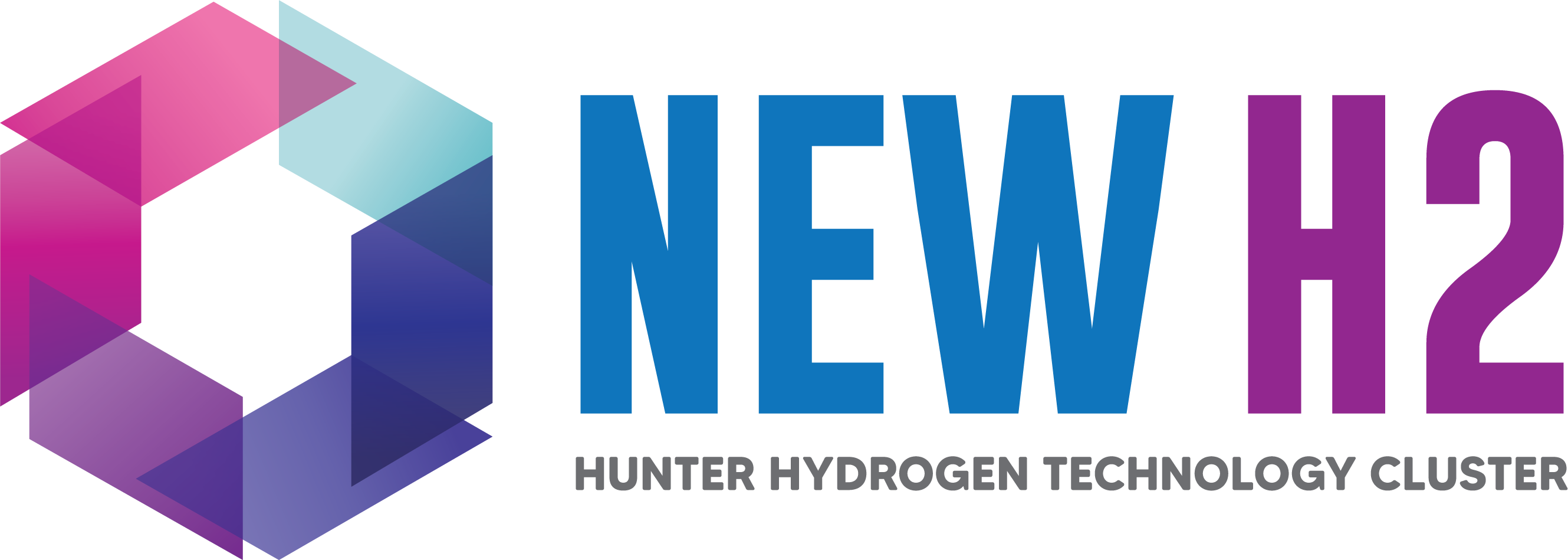Applications now open for Regional Microgrids Program
The Regional Microgrids Program aims to drive a sustainable energy transition and promote inclusivity and self-sufficiency in energy for regional and remote communities, particularly those belonging to First Nations.

The Australian Renewable Energy Agency (ARENA) has introduced the Regional Microgrids Program with a funding allocation of $125 million.
This initiative, supported by the Australian Government, is aimed at the development and implementation of microgrid technologies across regional and remote regions, with a specific focus on First Nations communities.
The Regional Australia Microgrid Pilot Stream of this program aims to support innovation and/or acceleration of the development and deployment of equipment and technology solutions that enable the coordinated use of distributed renewable energy technologies.
The First Nations Community Microgrids Stream of this program aims to provide cleaner energy sources for communities while also involving them in their energy supply arrangements and infrastructure development.
Transitioning remote communities from fossil fuel dependency to renewable energy solutions presents unique challenges. The Regional Microgrids Program recognizes these obstacles and aims to address them effectively, expediting the deployment of microgrid solutions in these areas.
The program particularly aims to address a significant challenge prevalent in many remote communities - a heavy reliance on diesel-generated electricity.
The program also integrates the former $50 million Regional Australia Microgrid Pilots Program (RAMPP), augmenting the total funding pool for the Regional Microgrids Program to $125 million.
The application process for the program comprises two stages: the submission of Expressions of Interest (EOIs) followed by Full Applications. ARENA has designed this process to facilitate collaboration between applicants and the agency, with the goal of refining project proposals.
The initiative is set to continue until December 2025 or until the allocated funds are fully utilized.













